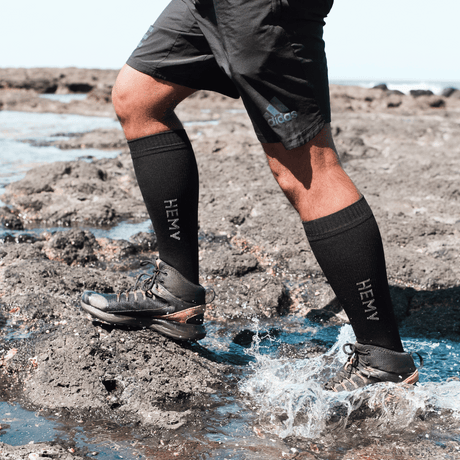How Do You Know If Gloves Are Waterproof?
Apr 30, 2024
Staying dry in wet conditions isn’t just about comfort; it’s essential for maintaining body heat and dexterity, especially in outdoor and work environments. In this article, we’ll dive into what makes gloves waterproof, how to test their effectiveness, and tips for maintaining them.
Understanding Waterproofing
- Definition of waterproofing in gloves.
- Key materials used for waterproofing.
Waterproof gloves are designed to repel water, essentially keeping your hands dry and protected from moisture ingress. Materials like nylon, neoprene, and rubber are commonly used, each providing different levels of waterproofing and breathability.
Types of Waterproof Gloves
- Winter gloves.
- Work gloves.
- Outdoor sport gloves.
Whether you need gloves for shoveling snow, handling tools in the rain, or skiing down slopes, there's a waterproof glove designed for the task. Each type offers unique features to withstand different environmental conditions.
Waterproof Technologies
-
Membrane technology (e.g., HEMY).
-
Coated fabrics.
-
Double-layer design.
HEMY is a star in the world of waterproof breathable fabrics. It’s a membrane that stops water from entering while allowing moisture from sweat to escape, giving you superior comfort. Coated fabrics and double-layer gloves provide additional options for those requiring varying levels of protection.
How to Test Waterproofing
- Water resistance tests you can do at home.
- The bucket test.
- The sink test.
Not sure if your gloves are up to snuff? Try submerging them in a bucket or holding them under a running faucet. Observe how the outer materials contend with the water - they should emerge from the test unchanged and your inside hand dry.

Signs of Non-Waterproof Gloves
- Common material weaknesses.
- Wear and tear indicators.
If your gloves absorb water rather than repel it or if you notice water dripping from seams, it’s time for a new pair. Regular inspection for signs of wear and tear can help you determine when to replace them.
Care and Maintenance
- Cleaning your waterproof gloves.
- Storage tips to maintain effectiveness.
Clean your gloves as recommended by the manufacturer to maintain their waterproof qualities. Dry storage is key – damp conditions can degrade the materials and reduce their effectiveness.
Choosing the right waterproof gloves can make all the difference in comfort and functionality. Remember to evaluate your specific needs, test their waterproofing capabilities, and care for them properly to ensure they last.
FAQ
- What makes a glove 100% waterproof?
- How often should waterproof gloves be replaced?
While no glove can be permanently 100% waterproof under all conditions, those with waterproof membranes like Gore-Tex offer the highest protection. Replace your gloves whenever you notice significant wear or reduced effectiveness in water resistance.



